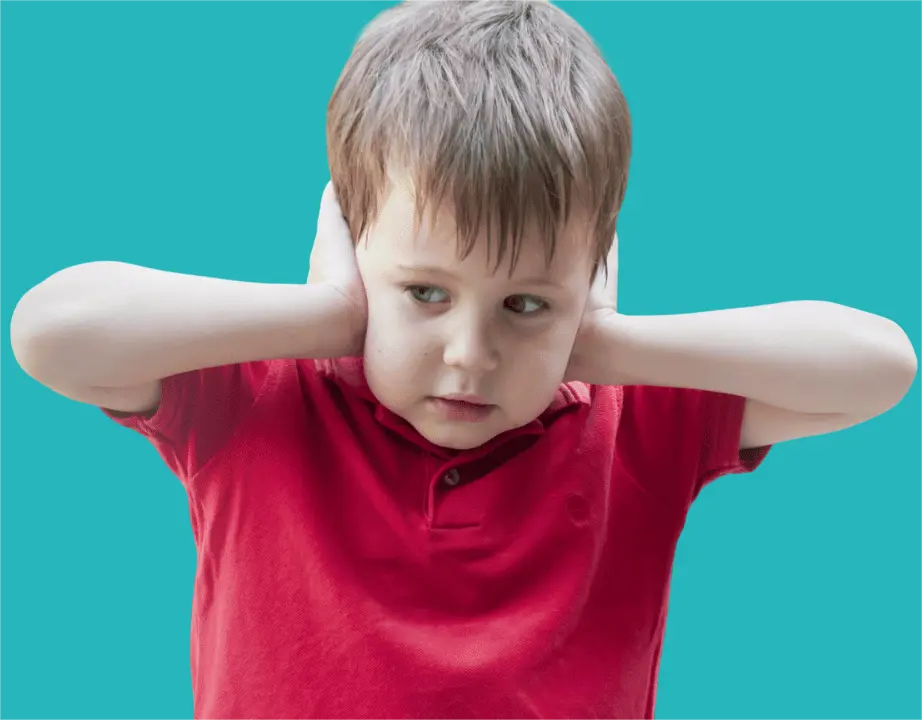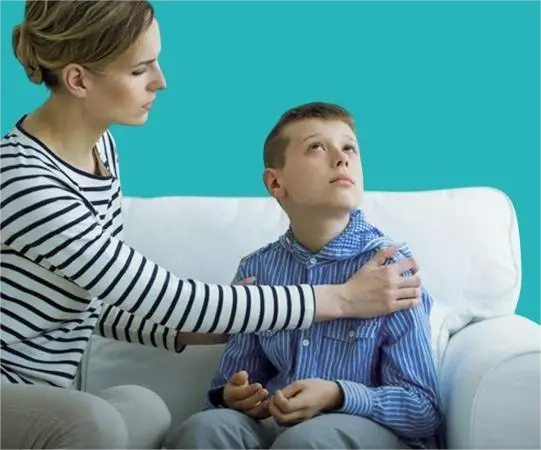Autism is a developmental disorder that affects a child's development, particularly in the areas of communication, social interaction, and behavior. It usually appears in the early years of a child's life and persists throughout life. Its severity and symptoms vary from one child to another, necessitating accurate diagnosis and early intervention by a specialist doctor.
What is autism in children?
It is a neurodevelopmental disorder that affects how a child thinks and communicates with others. Affected children experience difficulties in understanding and expressing emotions, in addition to repetitive behavior patterns that distinguish them from others. This condition begins in early childhood and affects their interaction with the surrounding environment.
Causes of Autism in Children

The exact causes of autism are unknown, but there are factors that can cause autism in children, including:
- Genetic factors, such as a family history of autism.
- Environmental factors, such as maternal exposure to toxic substances or infections during pregnancy.
- Disturbances in the child's brain development.
Symptoms of Autism in Early Childhood
Symptoms vary from one child to another, but common symptoms include:
- Delayed or impaired speech and communication skills.
- Failure to respond to names or ignoring the presence of others.
- Repetitive and limited behaviors.
- Difficulty with social communication or not understanding others.
- Excessive interest in specific topics or objects.
Methods for Diagnosing Autism in Children
A child is diagnosed with autism through a comprehensive evaluation, including:
- An interview with a specialized psychologist.
- Observation of the child's behavior.
- Using approved assessment tools such as the Autism Diagnostic and Statistical Manual of Organizations (ADOS).
- Sometimes medical tests are performed to rule out other causes.
Possible Difficulties for a Child with Autism
Children with autism may experience:
- Learning difficulties.
- Social adjustment problems.
- Anxiety disorders and depression.
- Behavioral problems and difficulties dealing with change.
Medications for Treating Autism in Children
There is no medication that directly treats autism, but associated symptoms can be alleviated with:
- Anxiety medications.
- Medications to treat hyperactivity or sleep problems.
- Antidepressants are sometimes used.
Important Notice: No medication should be taken except under the supervision of a qualified psychiatrist.
Methods of Treating and Supporting Children with Autism

Treatment relies on early intervention and several methods, such as:
- Sensory integration therapy for children with over- or under-reflexes.
- Using play to enhance communication skills through guided play activities.
- Cognitive behavioral therapy to reduce anxiety and depression and modify negative thoughts in children.
- Specialized education programs to provide a suitable learning environment for children with autism.
Can a child be prevented from developing autism?
There are no proven methods for preventing autism, but the risk can be reduced by:
- Good healthcare through follow-up with a doctor during pregnancy.
- Avoid exposure to toxic substances during pregnancy.
- Do not delay pregnancy excessively.
- Ensuring that both mother and child receive the recommended vaccinations.
- Consult a specialist if there is a family history of the condition.
Does technology affect the condition or treatment?
There is no conclusive scientific evidence directly linking technology to the cause of autism, but excessive use of technology at an early age may contribute to delayed speech or social skills, so it is recommended not to expose young children to it for long periods.
Yes, technology has an impact on treating autism through educational applications that help children learn social and communication skills. Of course, parents must supervise the use of technology.
Article Summary
Autism is a neurodevelopmental disorder that affects a child's social communication and usually appears in the early years of life. Its causes include genetic and environmental factors, and its symptoms vary in severity and type from one child to another.
Treatment relies on early intervention and includes behavioral and speech therapy, sensory integration therapy, and emotional and psychological support from the parents.